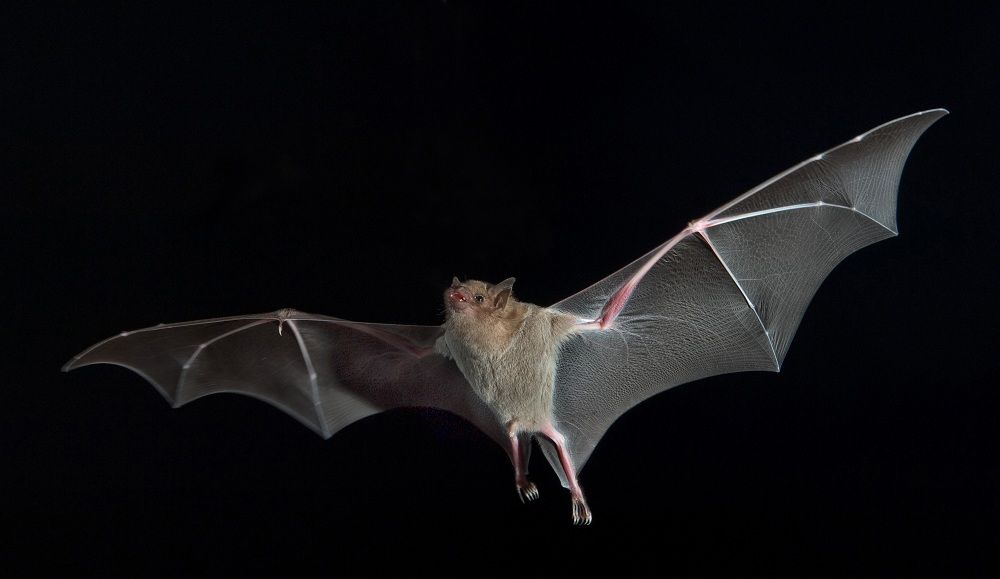TINY FLIGHTS
In the spring, the one thing Monica and I look forward seeing is Hummingbirds at the feeders we put up. In the fall, the one thing Monica and I do not look forward to is taking down the red feeders that gave us so much pleasure for over three months. We can still see Woodpeckers, Finch, Dark eyed Junco and Chickadees for now, but our favorite is and always will be the Ruby-Throated hummingbird. We understand the fall migration of hummingbirds is for their survival, but after seeing so many at our feeders for most of the summer, their absence is a little disappointing.
There are different views on what triggers the start of hummingbird migration. Some believe it’s the shorter days, others say the cooler weather is the contributing factor, but all agree it’s the lack of food supply (insects and flowers that they depend on for nectar) because they will/need to gain 30 to 40% of their body weight before their journey. No matter the reason, by late August into September, they are done breeding and fall migration starts, with male hummingbirds leaving first, followed by females and then the younger Ruby’s leave last. Unlike other migration birds, hummingbirds migrate alone and while flying, their wings will flap 50 to 70 times per second with their heart beating 1,200 times a minute.
Durning this 2000-mile trip to Mexico or Central America, studies show they use landmarks, and the earth’s magnetic field to navigate, and I find this hard to believe because birds do not fly at night, but I have read hummingbirds also will use stars for direction. However, they find their way, on their 2000-mile trip they can fly 20 to 25 miles during the daylight hours, stopping in the afternoon to refuel and rest for the next day. The final leg of their migration is the toughest, as these tiny birds will cross the Gulf of Mexico flying 500 miles nonstop to their winter homes. Hopefully the hummingbirds enjoy their winter sipping nectar in the sun and rest before they embark on their spring journey north back to the red feeder we put up.
The only thing I can’t answer is, but maybe someone else can is, how do the young hummingbirds that have never migrated south, know where to go?




